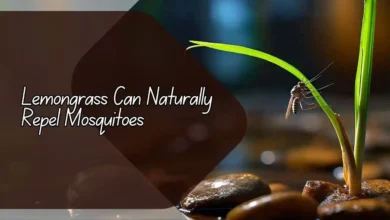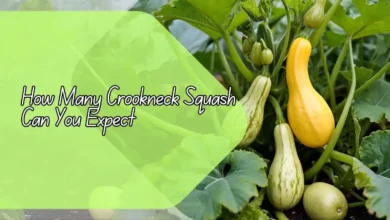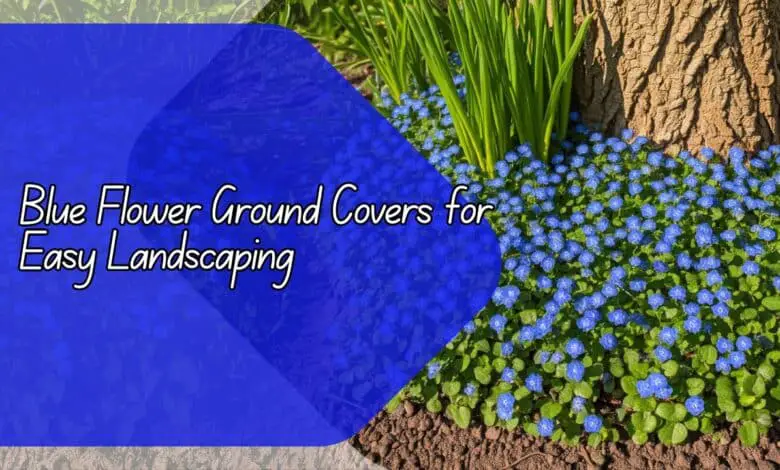
Beautiful Blue Flower Ground Covers for Easy Landscaping
In this article, we will discuss some of the most beautiful blue flower ground covers that you can use for easy landscaping in your garden. These ground covers not only add a pop of color to your outdoor space but also help to suppress weeds and protect the soil from erosion. Read on to discover these stunning plants that will elevate the look of your garden.
What are the benefits of using blue flower ground covers in landscaping?
Blue flower ground covers are not only aesthetically pleasing, but they also offer a range of benefits for your garden. These plants help to suppress weeds by covering the soil and limiting the space for weed growth. In addition, they protect the soil from erosion, especially on slopes or in areas with heavy rainfall.
Blue flowers add a cooling effect to your garden, making it visually appealing and calming. These ground covers are low-maintenance and can thrive in various soil conditions, making them an ideal choice for busy gardeners.
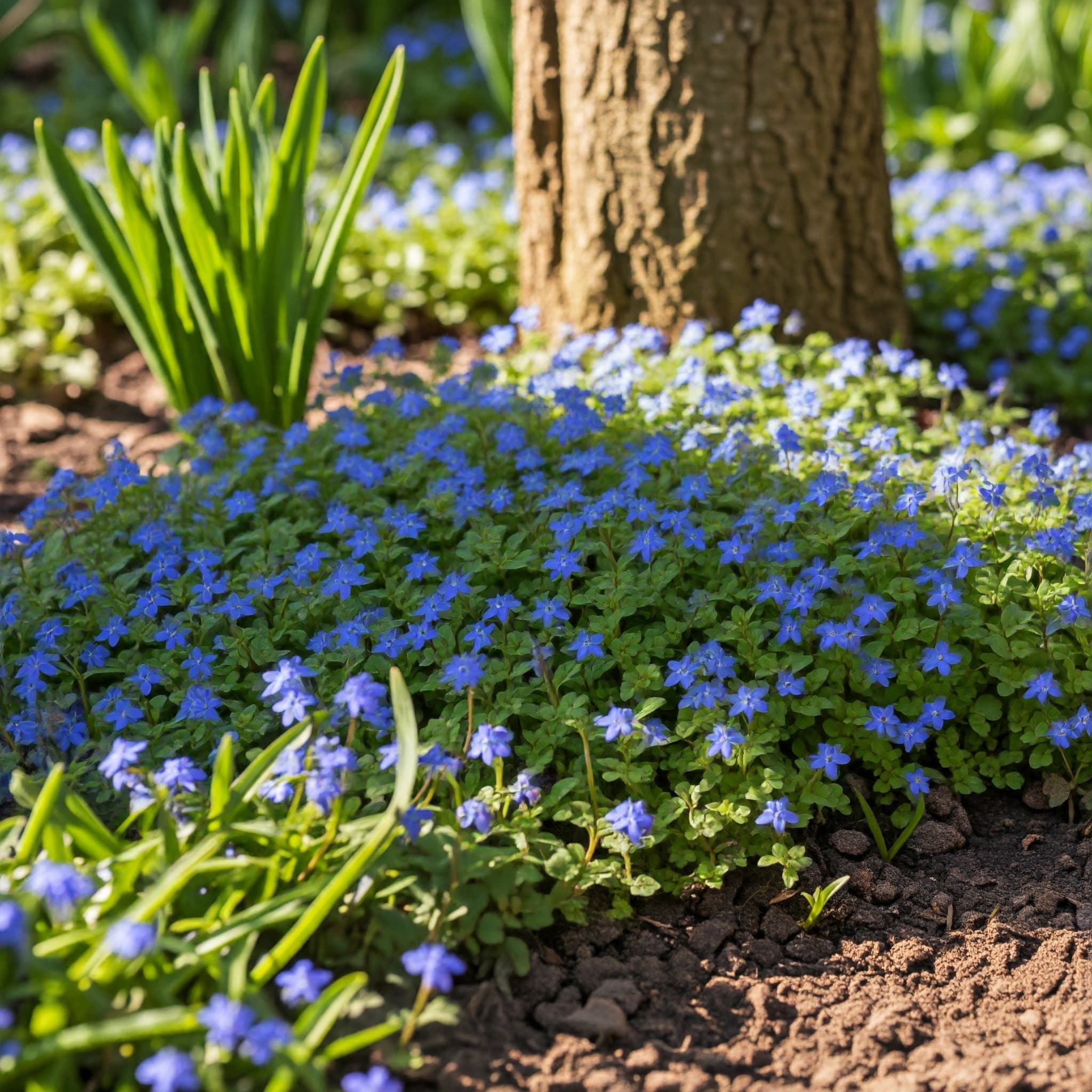
What are some popular blue flower ground covers to consider?
One popular option for blue flower ground cover is the “Blue Star Creeper” (Isotoma fluviatilis), which forms a dense mat of tiny, star-shaped blue flowers. This low-growing plant is perfect for filling in gaps between pavers or in rock gardens. Another favorite is the “Lithodora” (Lithodora diffusa), which produces vibrant blue flowers that stand out against its dark green foliage.
This perennial plant is great for borders or cascading over retaining walls. The “Blue Rug Juniper” (Juniperus horizontalis) is a non-flowering ground cover that offers striking blue foliage, adding color and texture to your garden.
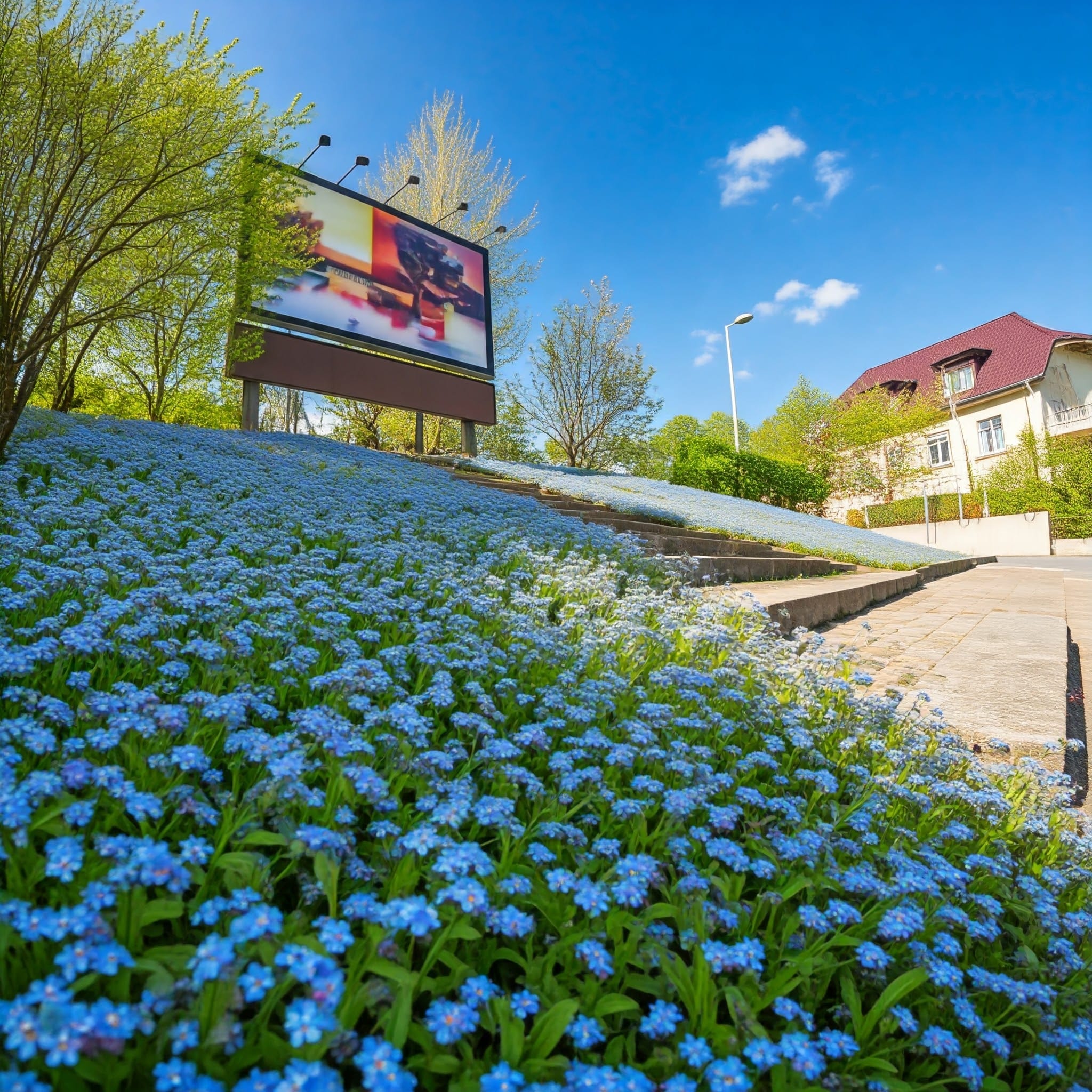
How do I plant and care for blue flower ground covers?
When planting blue flower ground covers, ensure that the soil is well-drained and in a sunny to partially shaded location. Dig a hole slightly larger than the plant’s root ball and gently place the plant in the hole. Cover the roots with soil and water thoroughly.
To care for these ground covers, water regularly, especially during dry periods, and remove any dead or damaged foliage. Mulching around the plants can help retain moisture and keep weeds at bay. Prune as needed to maintain the desired shape and size of the plants.

Can blue flower ground covers attract pollinators to my garden?
Blue flowers are known to attract bees, butterflies, and other pollinators to your garden, making them a great choice for creating a pollinator-friendly space. By planting blue flower ground covers, you can help support local pollinator populations and encourage biodiversity in your garden.
These plants not only add beauty to your outdoor space but also play a vital role in ecosystem health by providing food and habitat for pollinators.
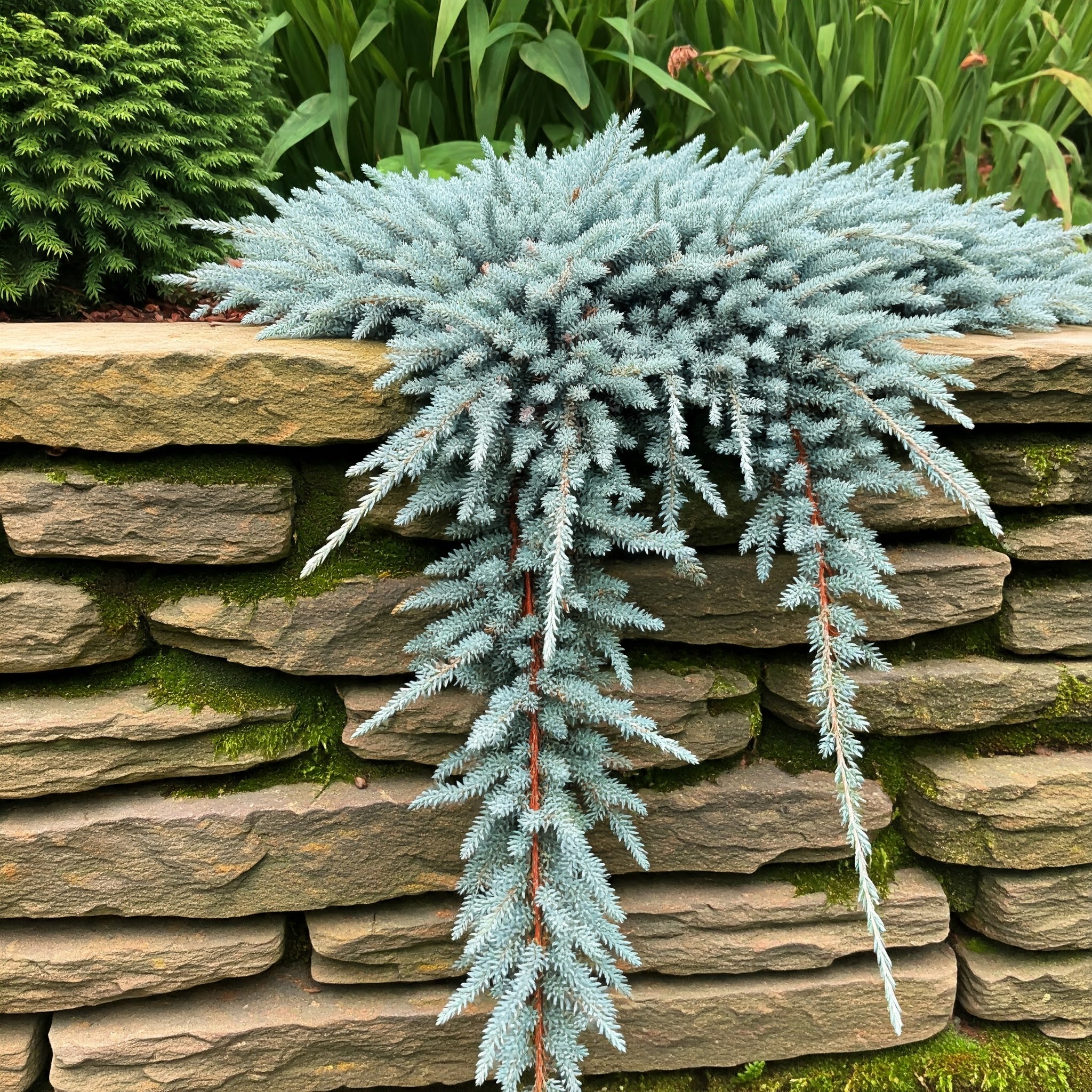
Are blue flower ground covers suitable for all climate zones?
While many blue flower ground covers are adaptable to various climate zones, it is essential to choose plants that are well-suited to your specific region. Some ground covers may thrive in hot, dry climates, while others prefer cooler, more humid conditions.
Before selecting blue flower ground covers for your garden, research the plants that are best suited to your climate zone to ensure their successful growth and longevity. Consider factors such as temperature, sunlight exposure, and soil moisture levels when choosing ground covers for your landscaping.
Which blue flower ground covers are deer-resistant?
If you have deer frequenting your garden, it is essential to choose blue flower ground covers that are deer-resistant. Plants such as “Creeping Speedwell” (Veronica repens), “Blue Star Creeper” (Isotoma fluviatilis), and “Blue Rug Juniper” (Juniperus horizontalis) are known to be less appealing to deer due to their foliage texture or scent.
By selecting deer-resistant ground covers, you can protect your garden from potential damage caused by deer browsing on plants.
Conclusion
Blue flower ground covers are an excellent choice for adding color and beauty to your garden while also providing practical benefits such as weed suppression and erosion control. These low-maintenance plants can thrive in various soil conditions and climate zones, making them a versatile option for landscaping.
By incorporating blue flower ground covers into your garden design, you can create a visually stunning and environmentally friendly outdoor space.
FAQs
Can blue flower ground covers be grown in pots or containers?
Yes, some blue flower ground covers can be grown in pots or containers, especially those with shallow roots. Make sure to choose a container with drainage holes to prevent waterlogging and use a well-draining potting mix. Regular watering and fertilizing may be necessary for container-grown ground covers to thrive.
Do blue flower ground covers spread aggressively in the garden?
While some blue flower ground covers have a spreading habit, not all of them are aggressive growers. Before planting, research the growth habits of the specific ground cover you choose to ensure it is suitable for your garden space. Regular maintenance such as pruning and dividing can help control the spread of ground covers if needed.
Are blue flower ground covers suitable for shady areas?
Some blue flower ground covers can tolerate partial shade, while others require full sun to thrive. If you have shady areas in your garden, choose shade-loving ground covers such as “Ajuga” (Ajuga reptans) or “Bugleweed” (Lysimachia nummularia) with blue flowers that can brighten up dim corners of your outdoor space.
How do I prevent blue flower ground covers from becoming invasive?
To prevent blue flower ground covers from becoming invasive, regularly monitor their growth and remove any unwanted spread. Consider using barriers or edging to contain the plants’ growth within designated areas. It is essential to research the invasiveness of specific ground covers before planting them in your garden to avoid potential issues down the line.
Can blue flower ground covers be used as a substitute for traditional turf grass?
While blue flower ground covers can add color and interest to your garden, they may not be suitable as a direct substitute for traditional turf grass. Ground covers typically have a lower height and density compared to grass, making them better suited for filling in gaps, bordering pathways, or covering slopes. However, you can incorporate blue flower ground covers alongside turf grass to create a dynamic and visually appealing landscape.




